An Agile Wallaby amongst the shorebirds
10,000 Birds
APRIL 24, 2011
They breed year round and the single young remain in the pouch for about 30 weeks and become independent after a year. The other wallaby that is seen around this area is the Northern Nailtail Wallaby Onychogalea unguifera, which is a smaller species. The male Agile Wallaby weighs in at about 27 kg and the female at about 15 kg.











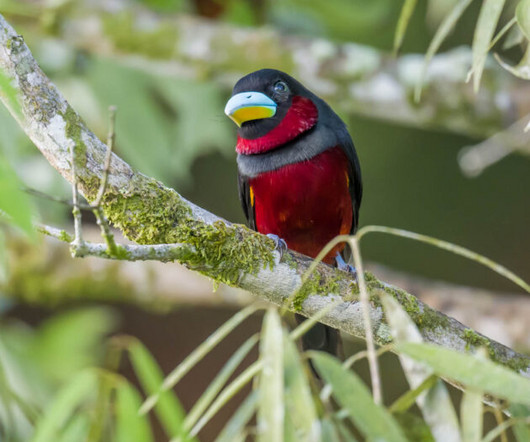

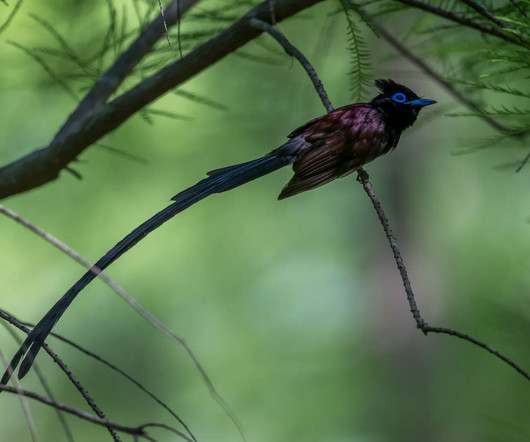
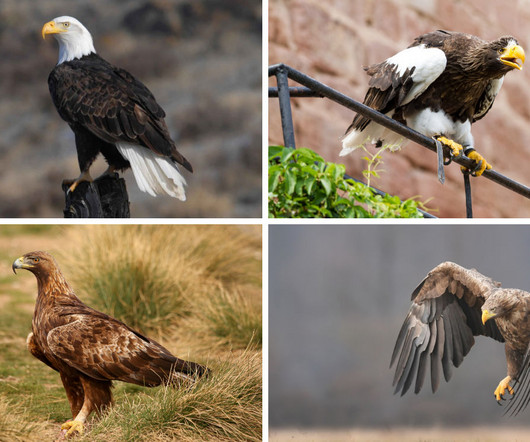


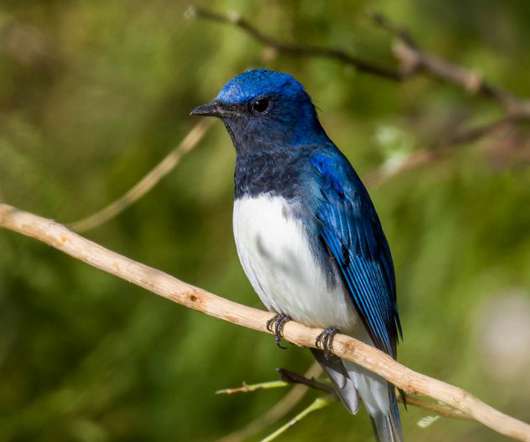
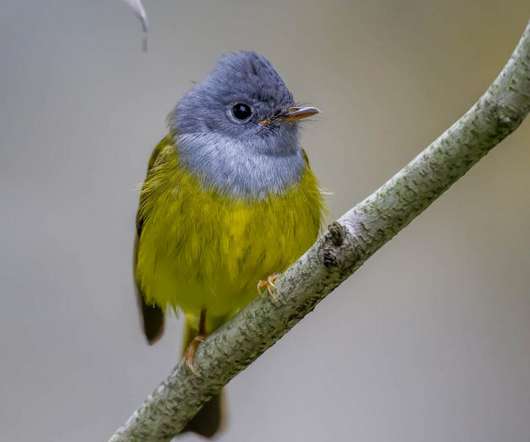
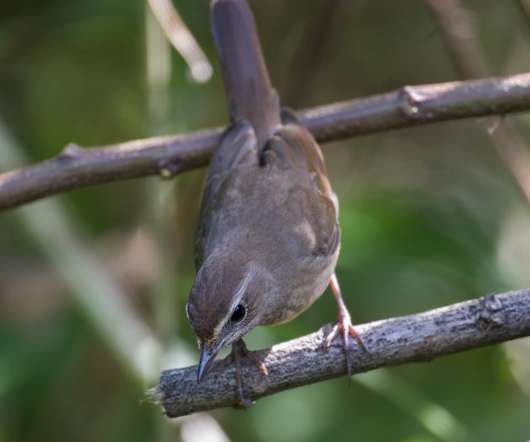
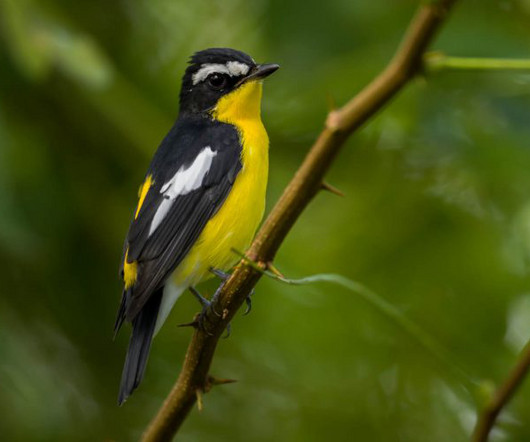
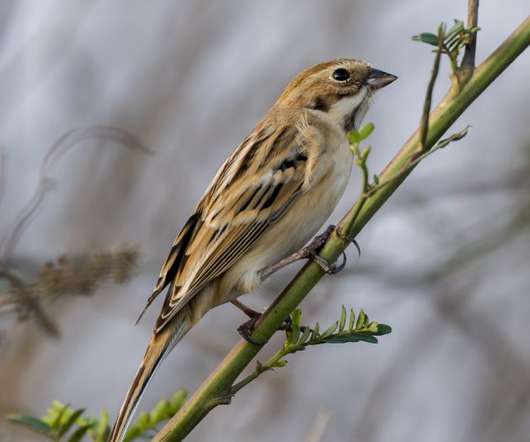






Let's personalize your content